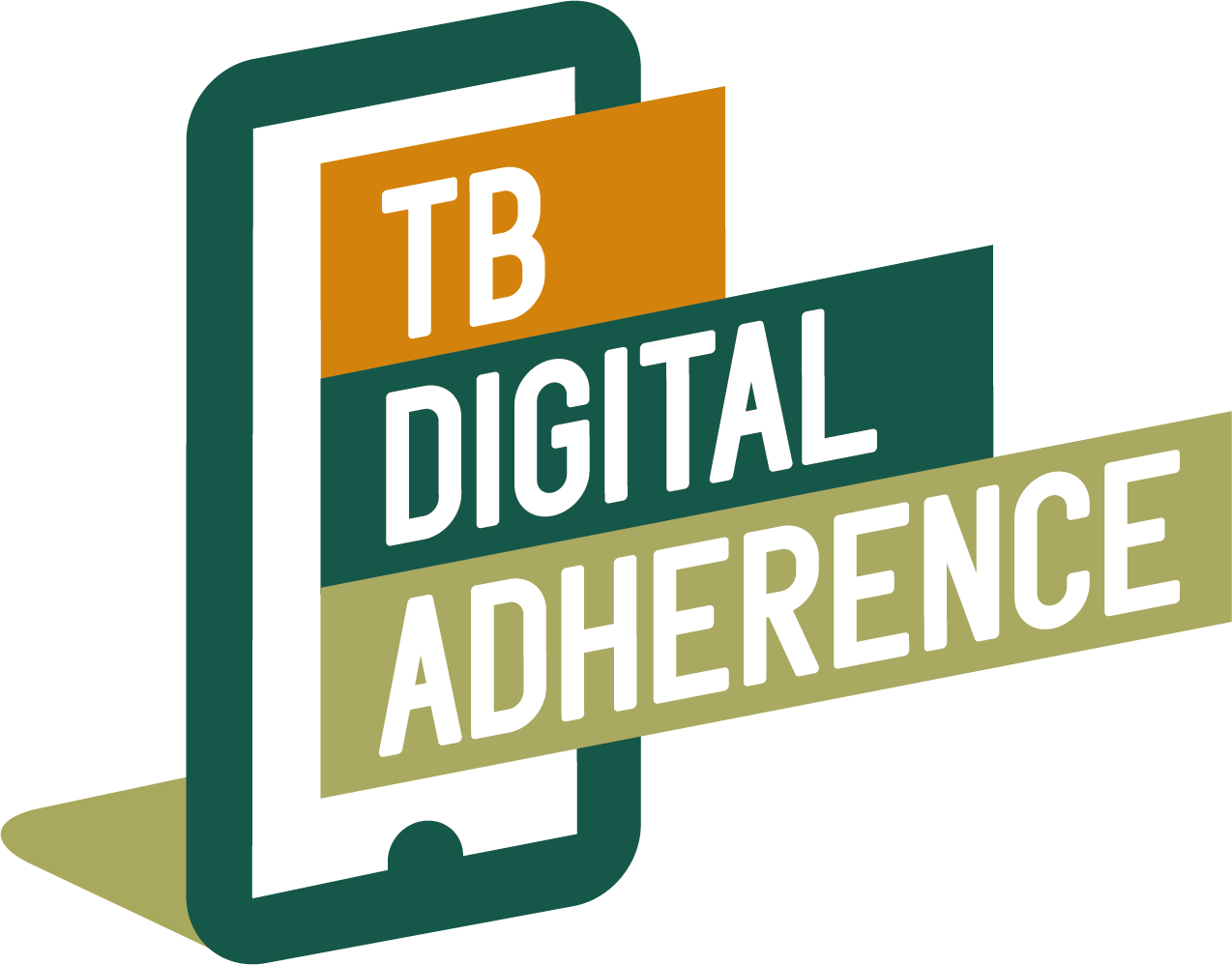Opportunities to improve digital adherence technologies and TB care using human-centered design
Berger, C.; Patel, D.; Kityamuwesi, A.; Ggita, J.; Tinka, L. K.; Turimumahoro, P.; Neville, K.; Chehab, L.; Chen, A. Z.; Gupta, N.; Turyahabwe, S.; Katamba, A.; Cattamanchi, A.; Sammann, A.
Introduction
Digital adherence technologies (DATs) have emerged as a promising means of supporting and supervising patients being treated for TB. However, despite considerable enthusiasm and wide-scale implementation, there has been variable uptake and engagement by patients and providers, and few clinical trials and programmatic data have demonstrated an improvement in treatment outcomes. Human-centered design (HCD) is a well-established methodology that utilizes qualitative research methods to understand the values and motivations of users, and systematically incorporates user input into the design or adaptation of products and interventions. We applied the HCD methodology to characterize adherence challenges facing TB patients and identified opportunities to adapt 99DOTS (a low-cost DAT) to better address these challenges.
